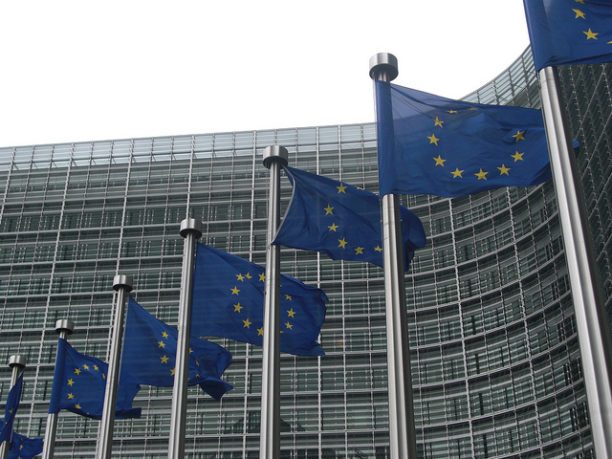 of EASA High Level Conference on Drones Opened today in Amsterdam. Over the next few days, European and global regulators and stakeholders will discuss the next phase of European drone regulation.
of EASA High Level Conference on Drones Opened today in Amsterdam. Over the next few days, European and global regulators and stakeholders will discuss the next phase of European drone regulation.
Continue reading below or listen to:
The theme of this year’s conference is “Returning to the Future of Secure UAS Regulation”. EASA executive his director Patrick Ky said the topic shows the value of following drone regulatory developments to date. “It’s good to look back on what we’ve done so far so that we can look forward to planning for the future.”
Publication of the European Drone Strategy 2.o: The “Drone Strategy 2.0 for a Smart and Sustainable Unmanned Aircraft Ecosystem in Europe” was a major EASA milestone for 2023. Henrik Hololei, Director General for Mobility and Transport, European Commission The 19 key recommendations and risk-based operational approach of the document are to develop a predictable regulatory environment that supports development and investment in the drone industry and It is said to have been developed with the dual purpose of strengthening defense networks.
Developing regulations means working to achieve “the highest level of safety while minimizing the level of impairment”. “We have to strike the right balance … Over-regulation can actually bring development to a halt.”
The focus on building a strong drone ecosystem in Europe is clear from Hololey’s remarks. “The European Union will remain at the forefront of the development of the drone industry,” Holorley said. “…Europe will become an attractive and safe place for drone startups and investments.”
2030: Future vision
EASA is on track to achieve major milestones in the next two years. This includes developing innovative air mobility (IAM) transportation solutions and regulations and infrastructure such as vertical ports to support new aircraft. Europe plans to issue its first airworthiness certificate for eVTOL in 2023 and develop an online hub accessible to city planners, aviation stakeholders and citizens.
Plans to fully integrate both small and large drones into the airspace are focused on 2030, when regulators say drones will become part of most European citizens’ lives. The drone industry he employs over 145,000 people in the EU.
“I am optimistic that this will happen,” Hollerei said. “We can count on the full support of the European Commission” in developing regulations to support the industry, he said.
With Drone Strategy 2.0 serving as a compass for future regulatory development, Hololei says Europe has the tools to become an industry leader.
“This framework puts Europe ahead of the rest of the world,” said Hololein. entrusted.”
“This strategy is a great achievement and a design for future challenges. We hope that we can meet the needs of the drone community and contribute to the development of the drone industry.”
read more:
Miriam McNabb, editor-in-chief of DRONELIFE and CEO of professional drone services marketplace JobForDrones, is a fascinating observer of the emerging drone industry and drone regulatory environment. With her 3,000+ articles focused on the commercial drone space, Miriam is an international speaker and recognized figure in the industry. Miriam has a degree from the University of Chicago and high tech she has over 20 years of experience in sales and marketing of new technologies.
For drone industry consulting or writing, please email Miriam.
twitter:@spaldingbarker
Subscribe to Drone Life here.
